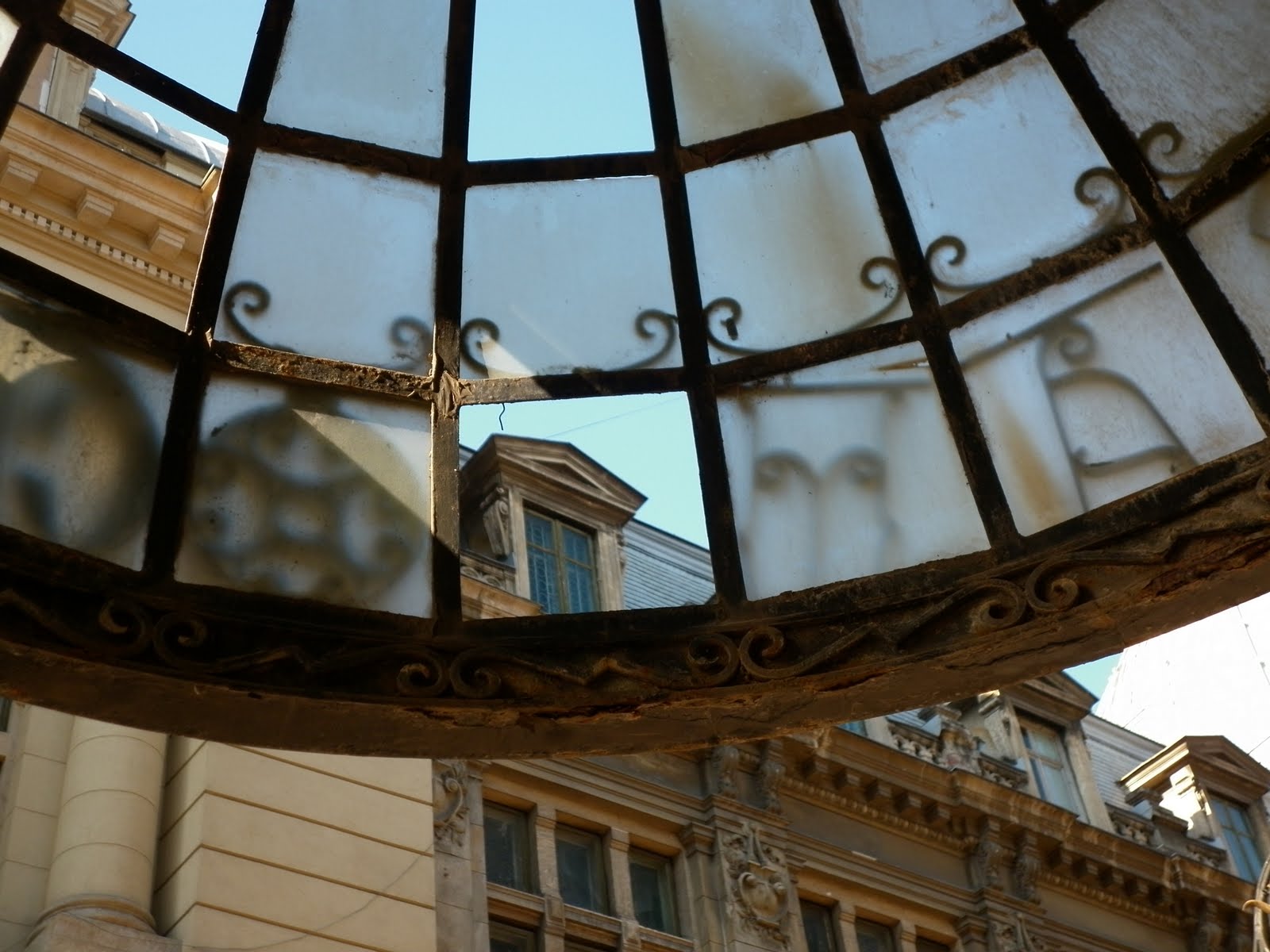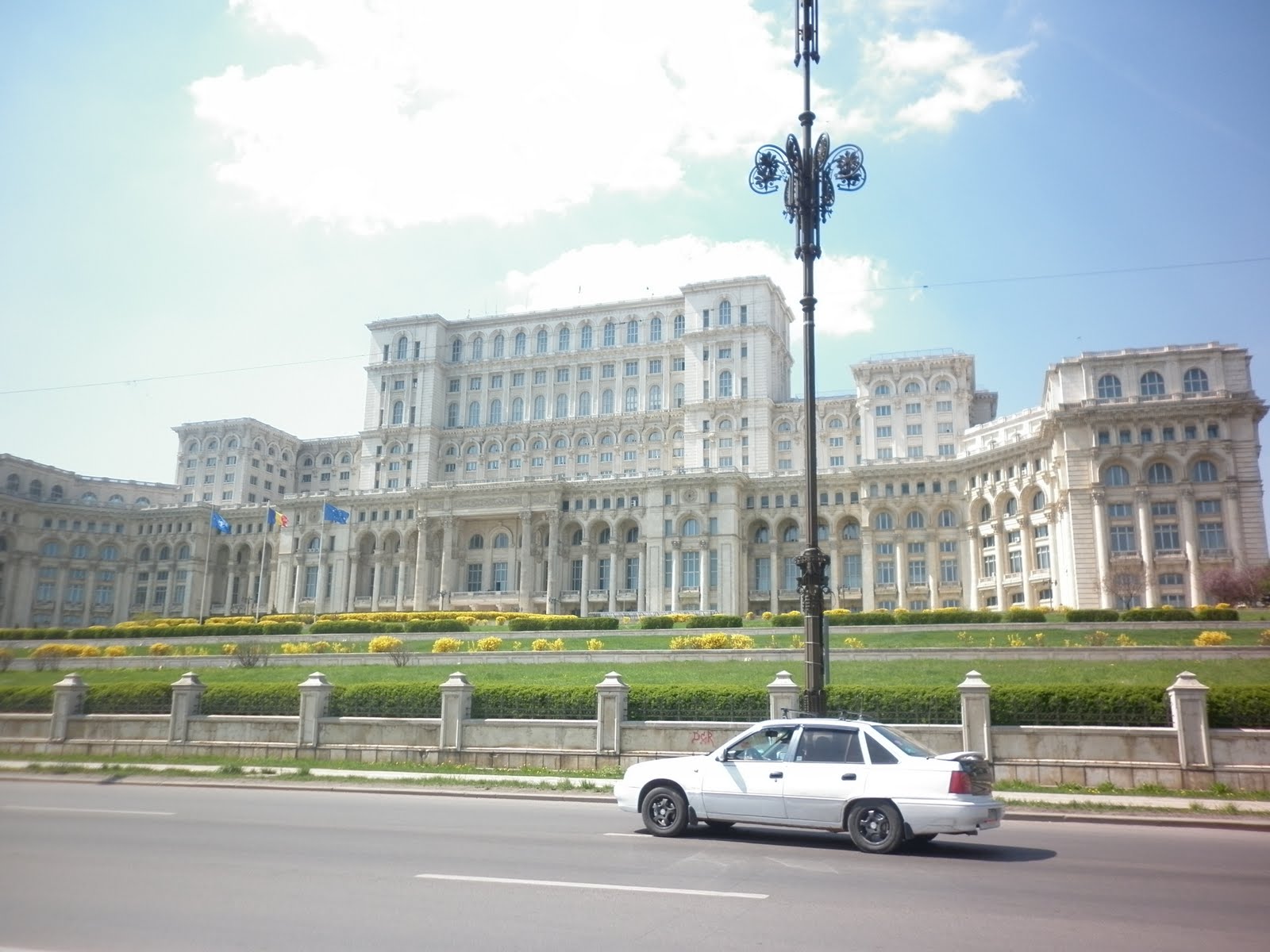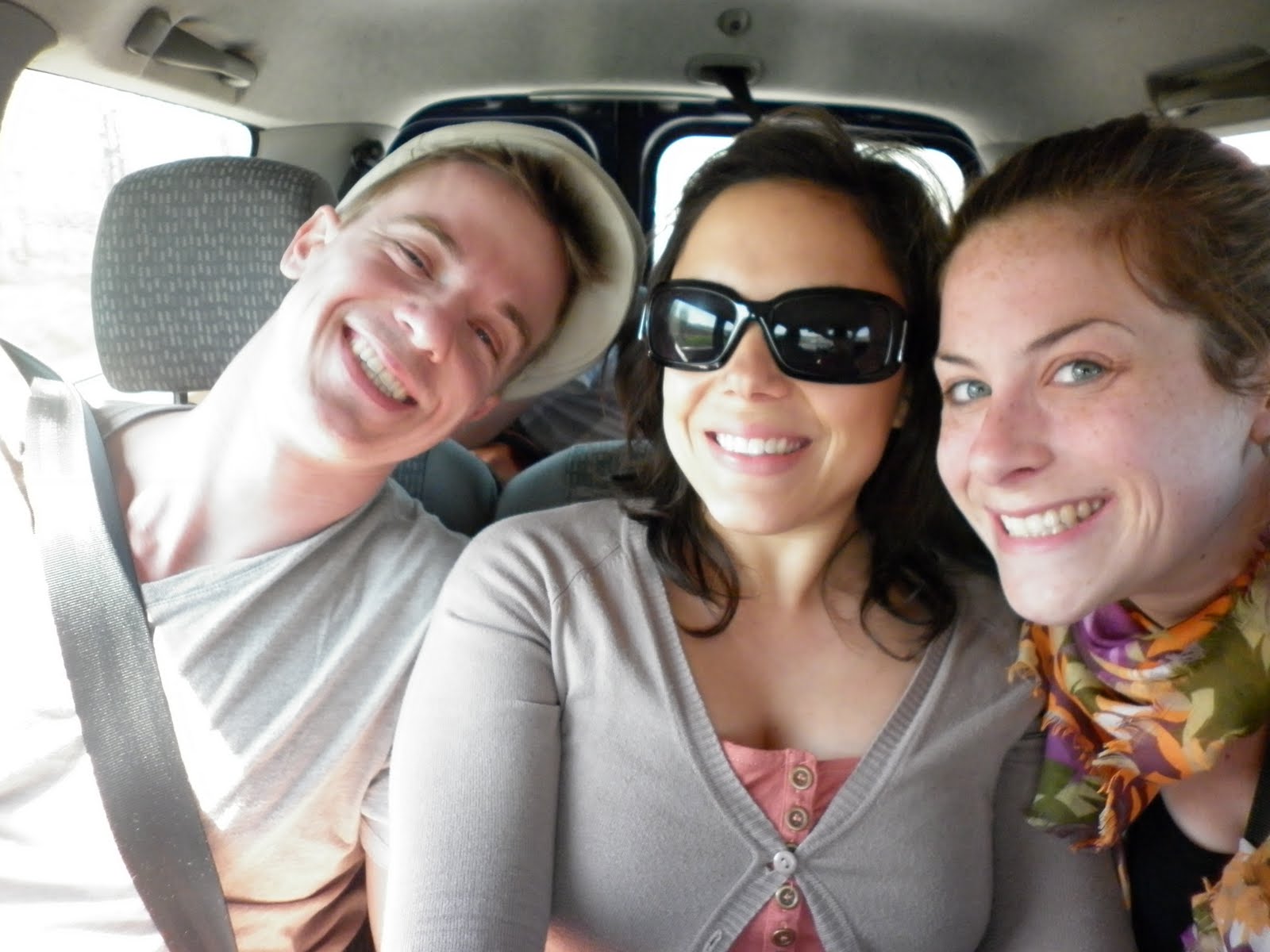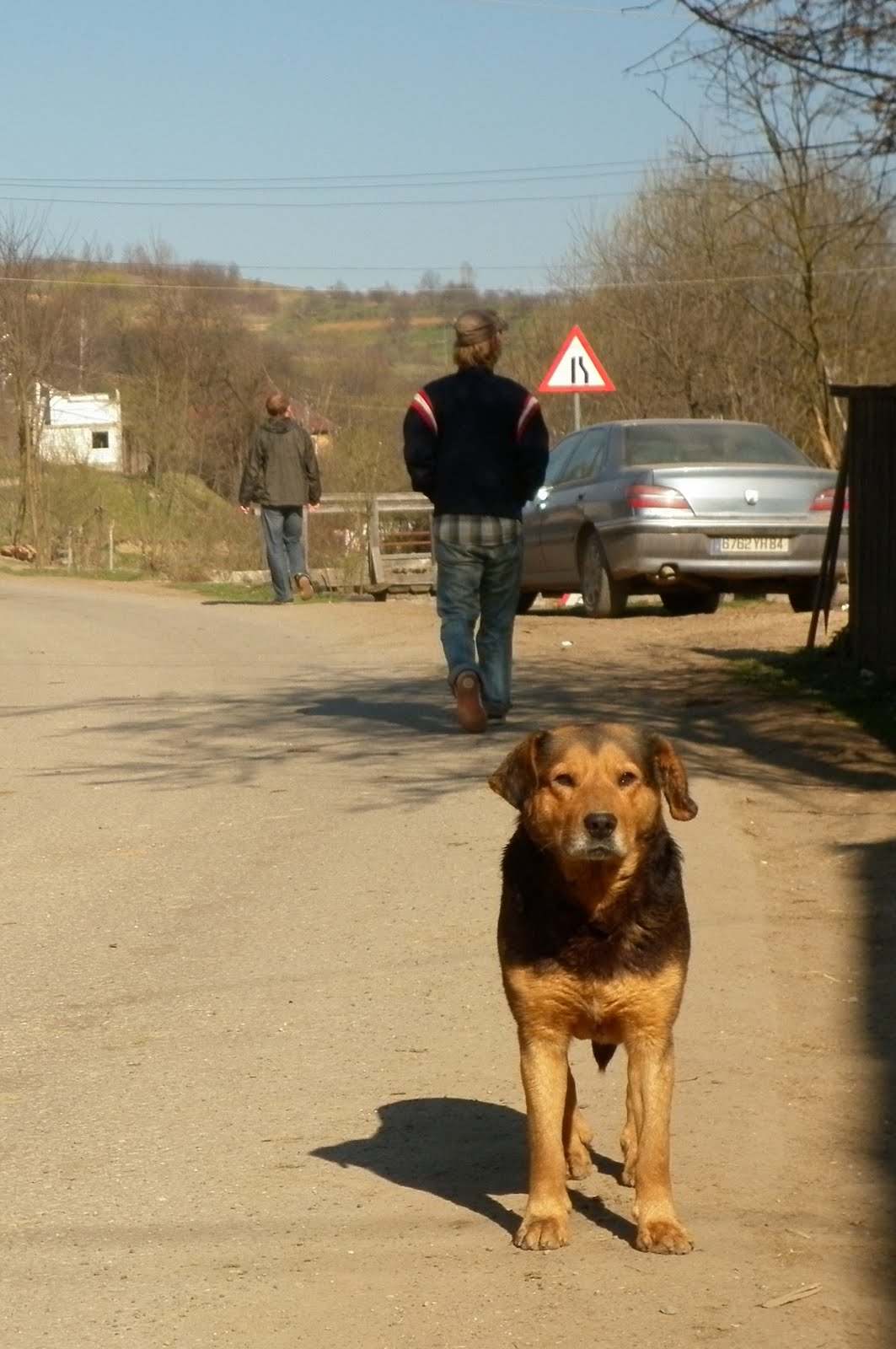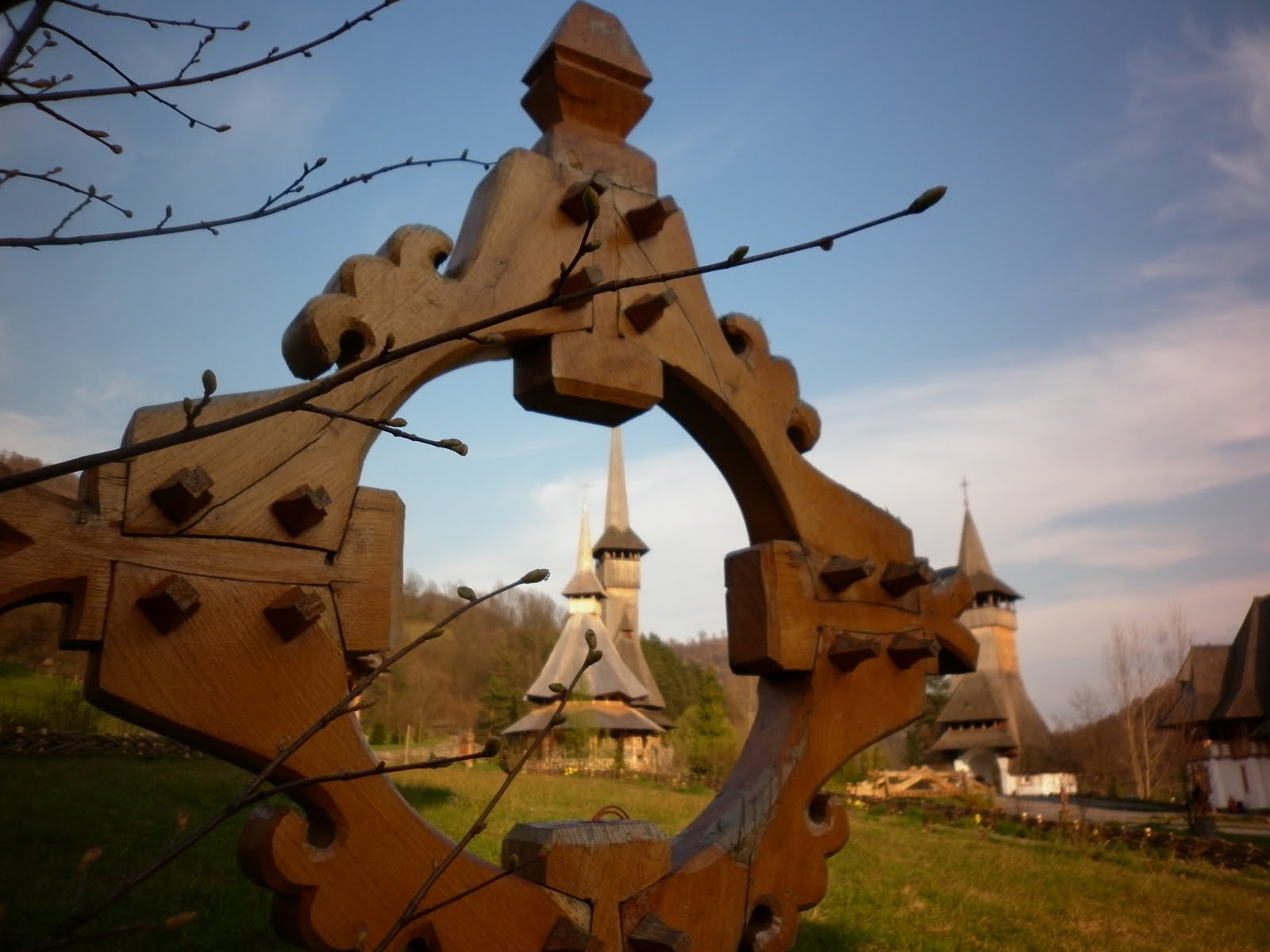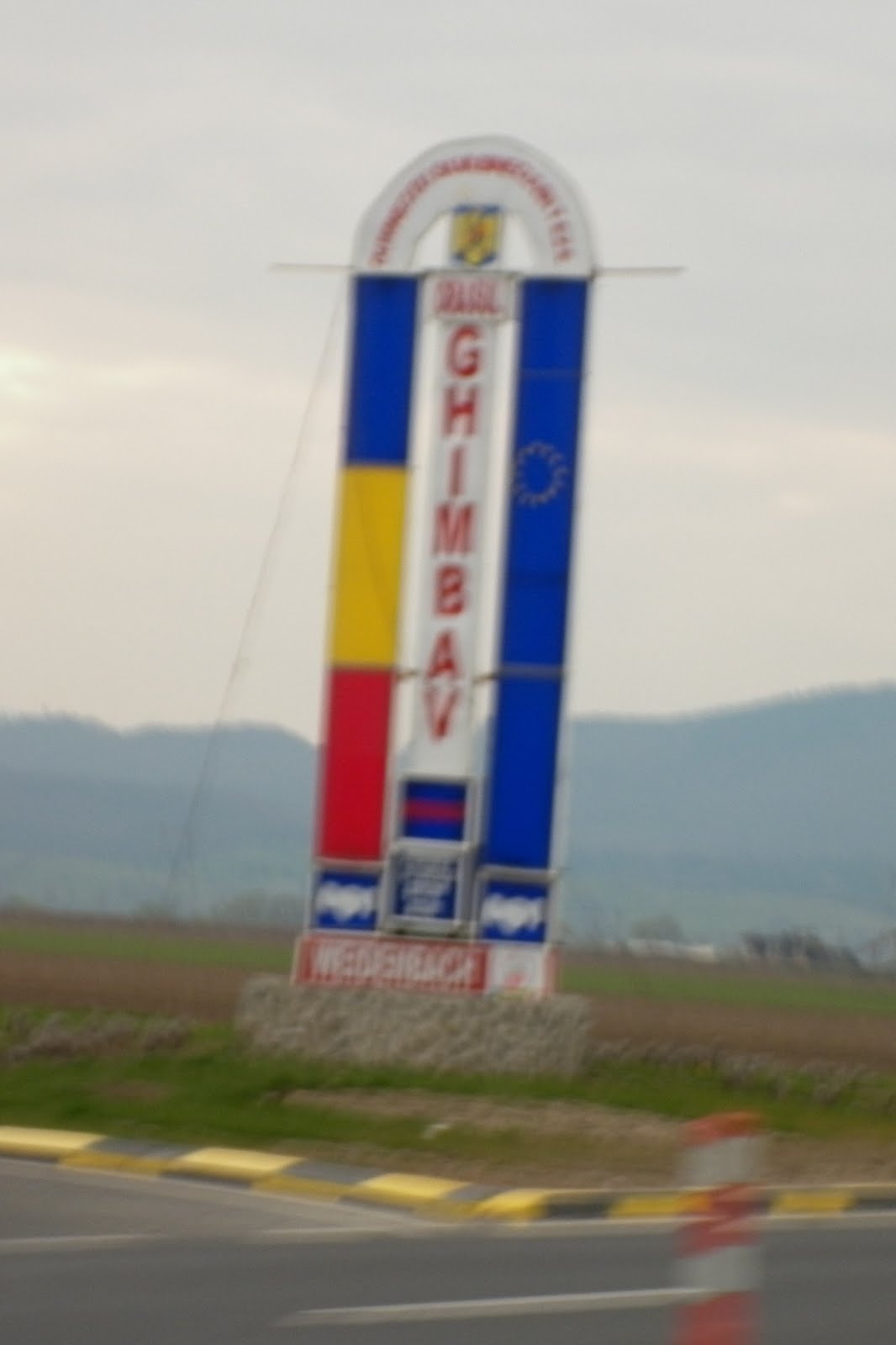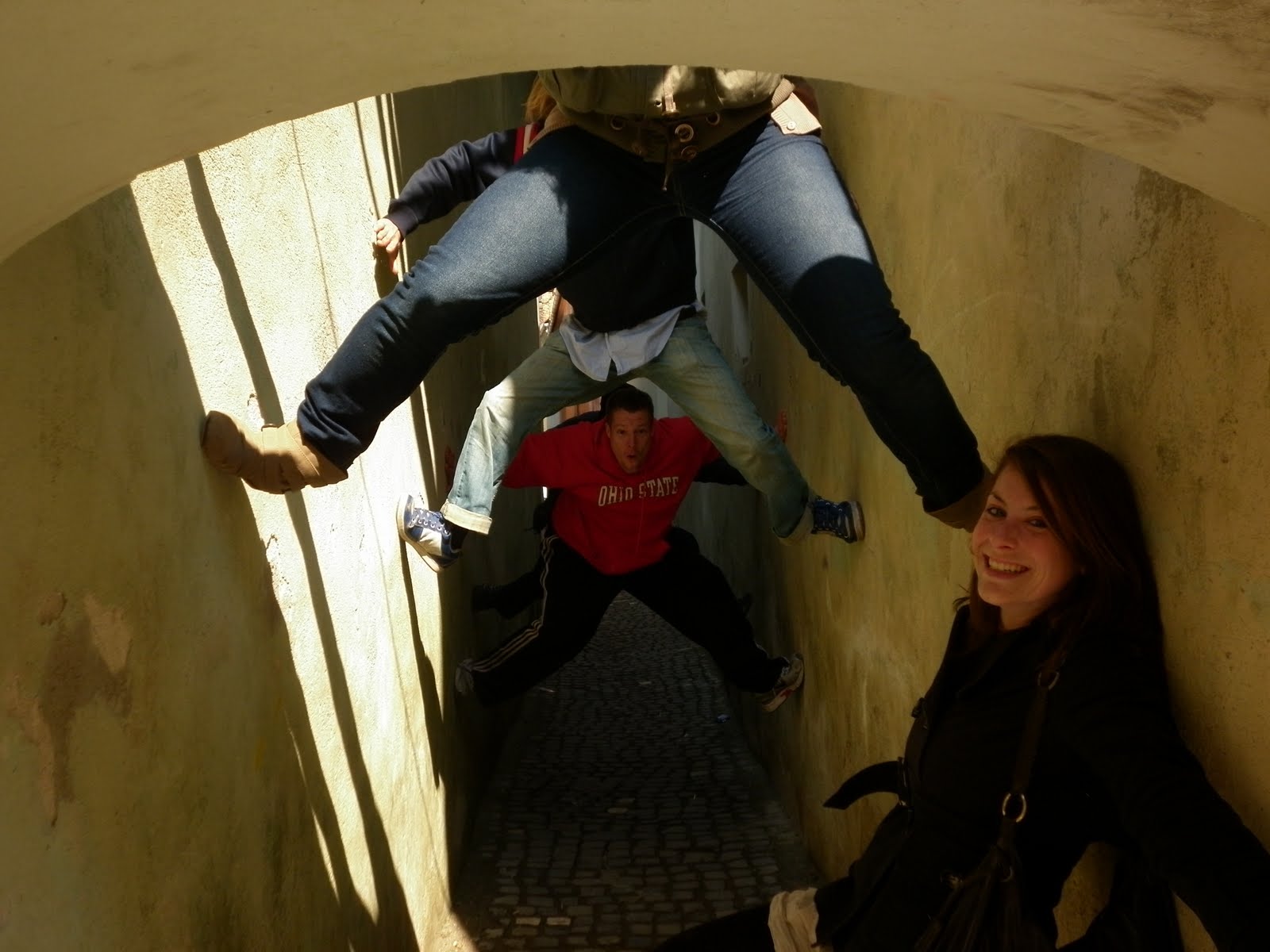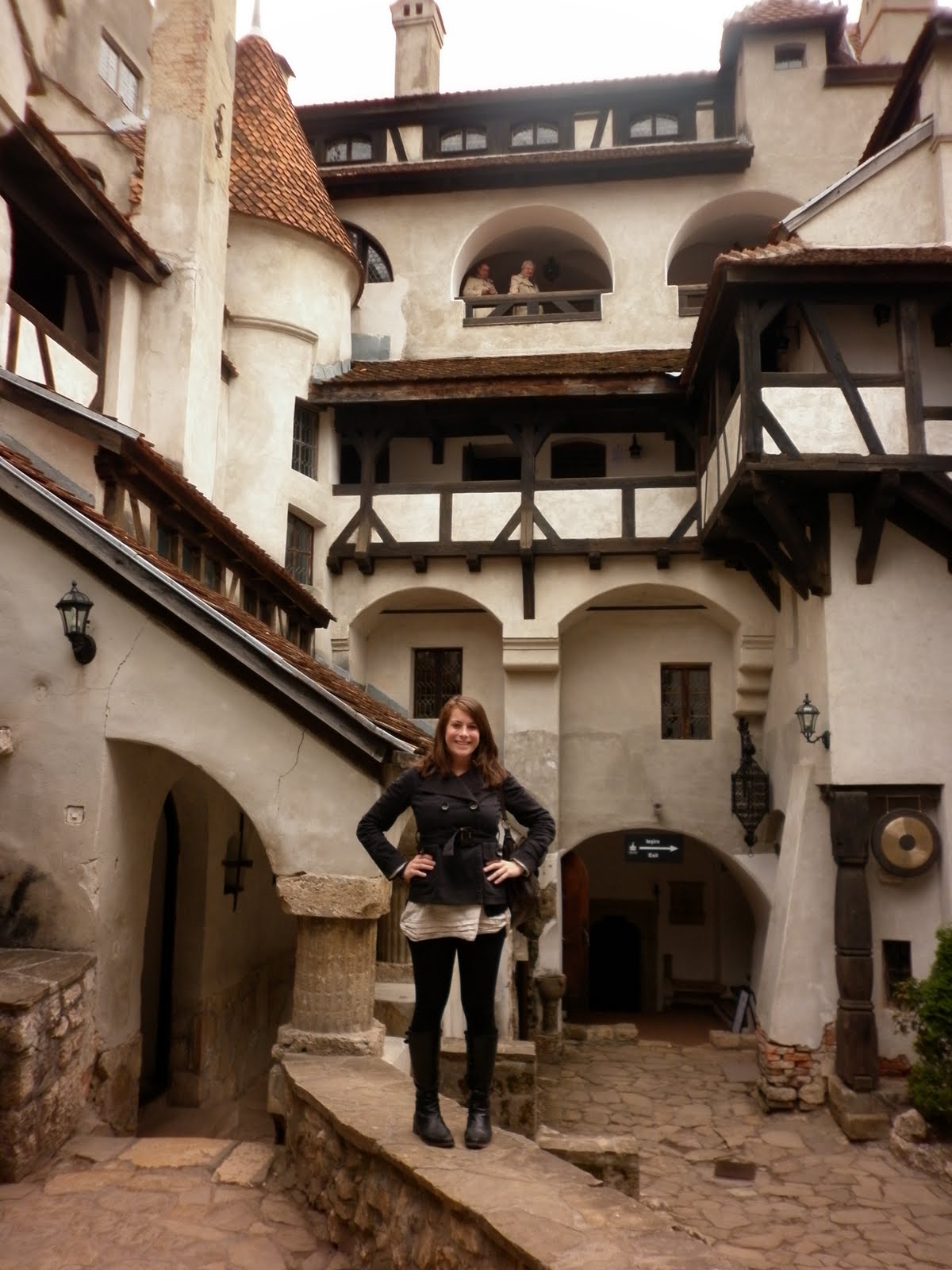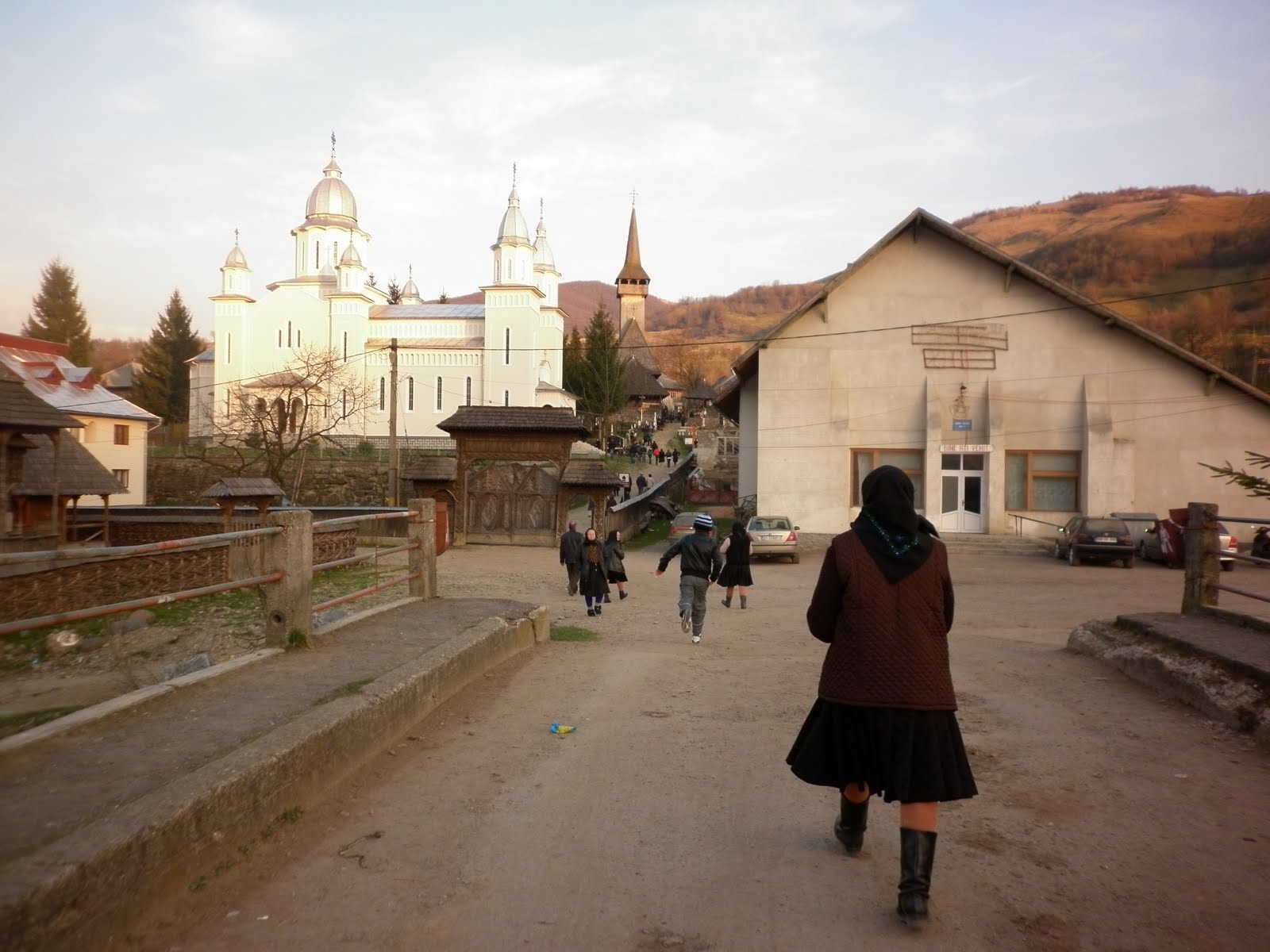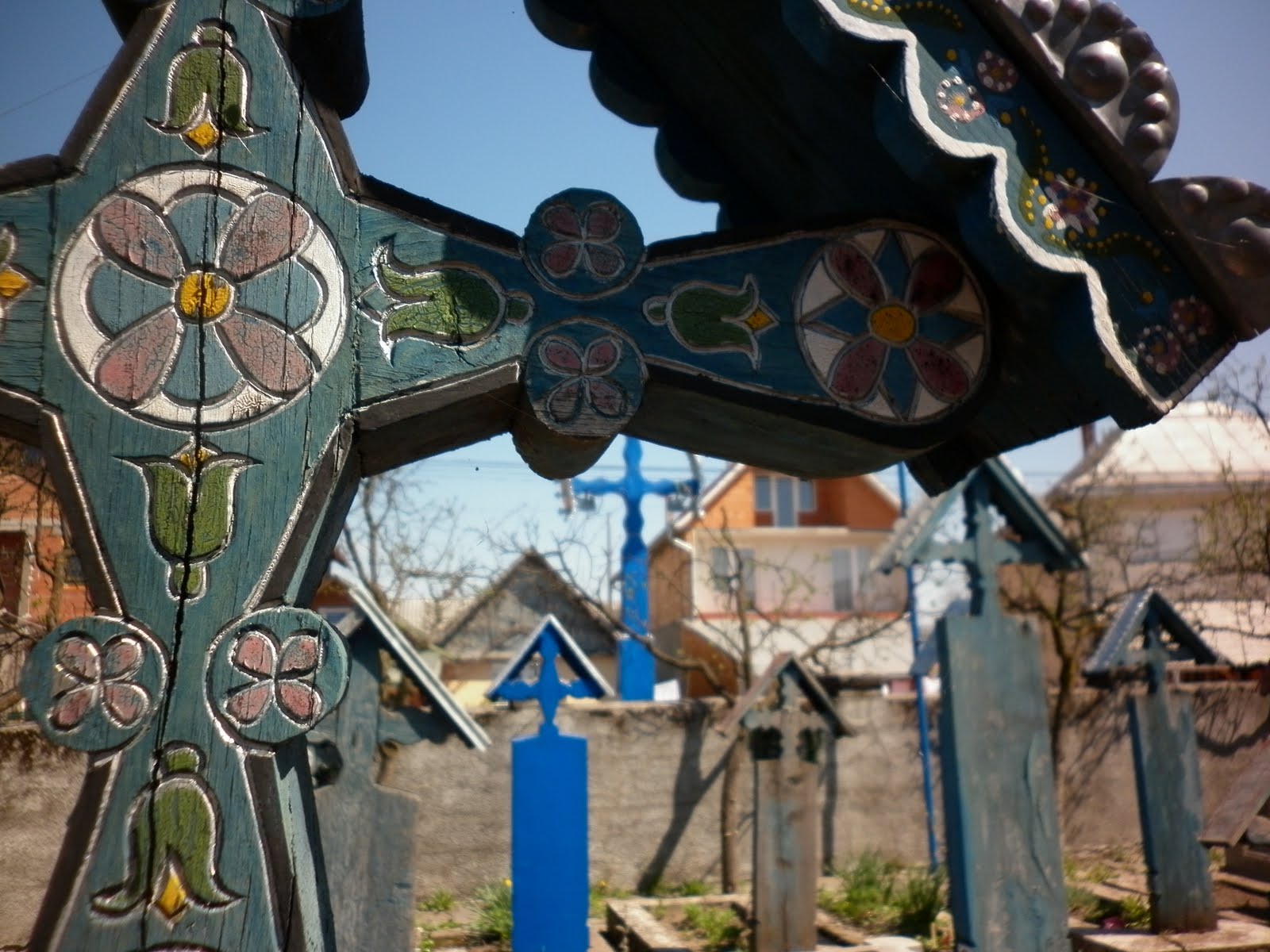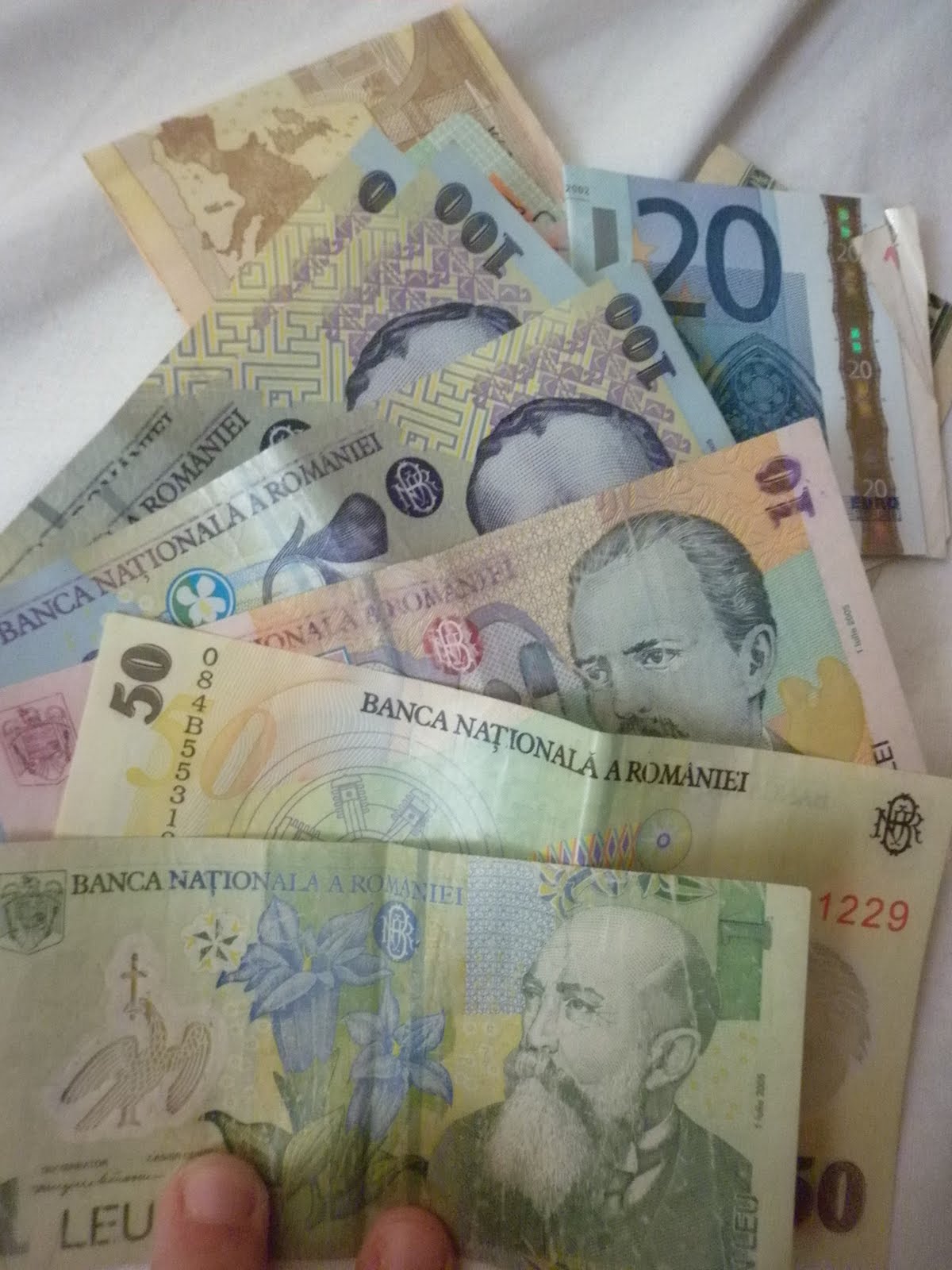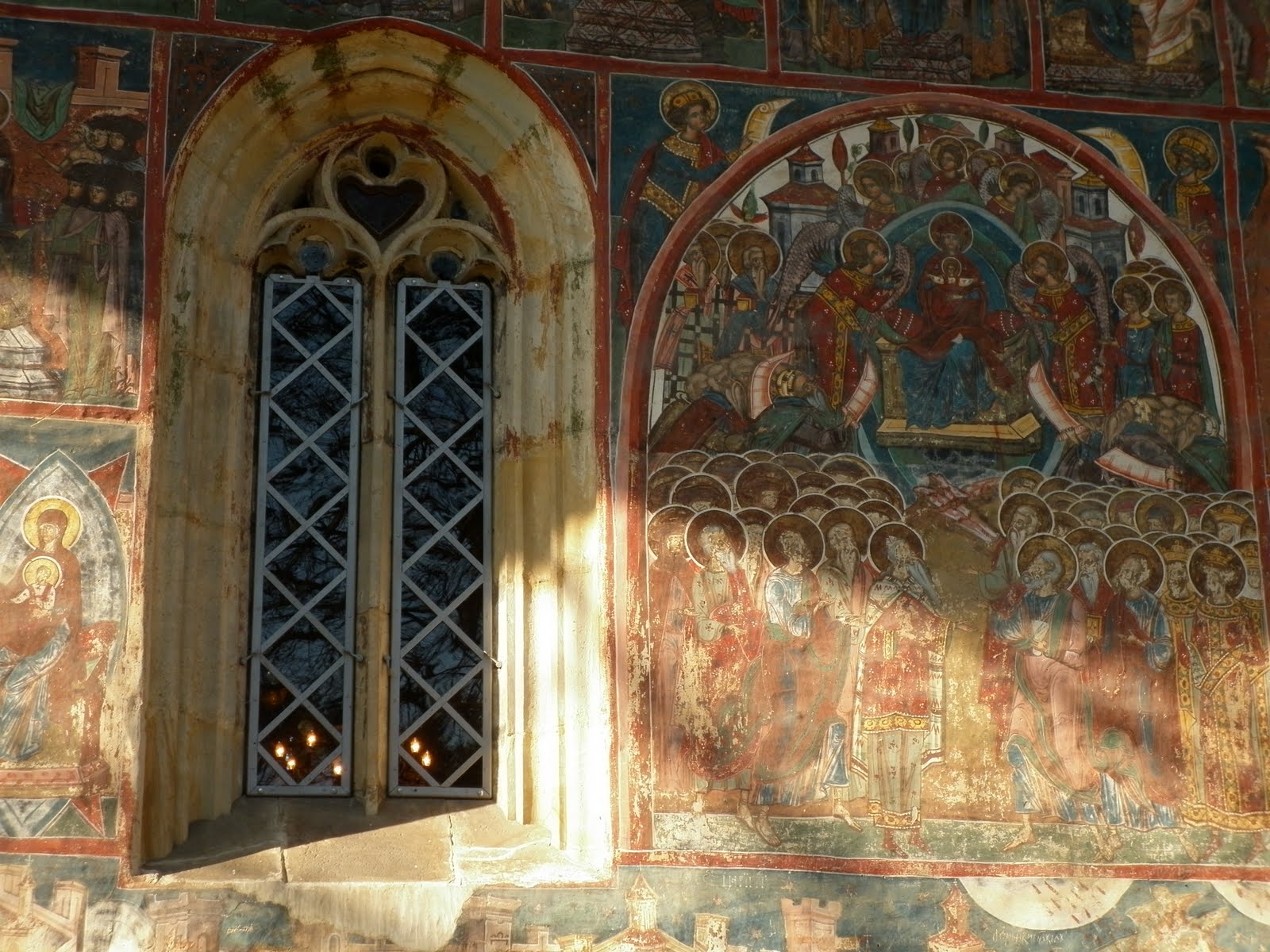 The customs agent scoffed upon reading my boarding pass. He thumbed through a few pages of my passport (which recently turned five) and gave me a puzzled look.
The customs agent scoffed upon reading my boarding pass. He thumbed through a few pages of my passport (which recently turned five) and gave me a puzzled look.
“I guess if you’ve been everywhere else, the only destination left is Romania,” he said, adding a fresh Barajas stamp to my documentation.
Spaniards have an aversion for Romanians, even when the better part of their gypsy population (and, therefore, flamenco, are of the same country). Many of the supposed criminals, and indeed residents of Spanish prison systems, come from the former Soviet country and their disgust in Romanians is far from hidden. Like my trip to China, I didn’t expect to have Romania at the top of my list, despite my long obsession with gymnastics and need to see every corner of Europe.
But my friends went, so I tagged along. What transpired was a great number of miles driven in our keyed but Soviet-strong Dacia and several laughable screw-ups. Here’s our trip by the numbers.
Hours spent in Bucharest: three. Hours spent trying to get out of Bucharest: nearly two
Size of the Parliamentary Building at the end of Blvd. Unrii: 270m by 240m by 86m, making it the second largest in the world, after the Pentagon
Year of our Dacia: 2001, we think?
Number of stray dogs we saw: Good one. Multemesc, Chow-sess-cuu
UNESCO sites visited: four, we think, which were the Saxon fortified churches, painted monasteries of Bukovina, the historic center of Sighasoara and wooden churches of Maramures
Number of times we thought we were in Ghimbav before we actually got there: two
Width, in inches, of Sforii Street in Brasov: 44 at it’s slimest
Cost of entering Dracula’s Castle (really called Bran and never home to Vlad the Impaler, or Jonathan Harker’s captor) on a student entry: 10 lei, or 2,50 euros
Inhabitants of Botiza, Maramures, where we spent two nights: 2,500 according to our host, George
Wooden crosses marking the lives of the dead in Sampanta: 800, all carved with the deceased’s most important life moments
Cost of an overnight train from Gura Humorului to Bucharest: 44 euros (154 lei)
And, it goes without saying, the amount of fun we had was immeasurable.
